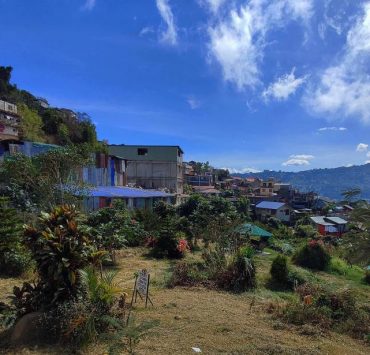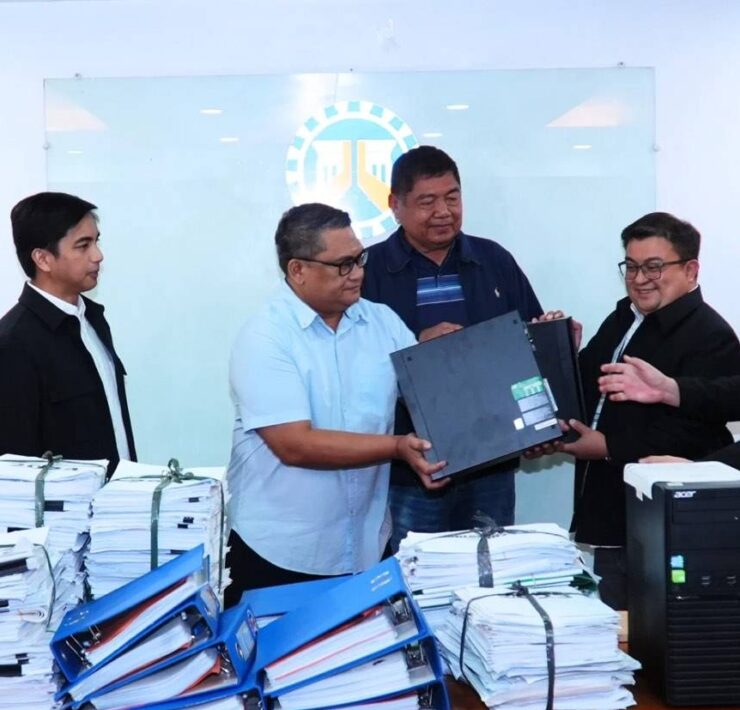Looking for a magic bullet

Legislators seem to be in a hurry to amend the rice tariffication law (RTL) five years after it was enacted, with a growing consensus that it has failed to deliver on the promise to significantly bring down prices of rice. Recent price movements of rice, which is the top expenditure item among the bottom 40 percent of the country’s income groups, will bolster such arguments that it has fallen short of expectations that it would be something of a magic bullet that will solve the rice sector’s woes.
According to the price monitoring report of the Department of Agriculture (DA), local regular milled rice is being sold at P50 a kilo while imported regular milled rice is pegged at P48-P51 a kilo, an escalation from last year’s prices of P34-P42 a kilo for local regular milled rice and P37-P38 for the imported variety.
One can of course also argue that rice prices would have been even higher were it not for the entry of imported rice, given the chronic lack of local supply plus heightened geopolitical tensions and supply chain woes that heightened prices of key commodities—not just rice—across the globe.
Unscrupulous tradersAdvocates for both sides can indeed argue ad infinitum, but officials have been pushing amendments to the law with the common clamor for the National Food Authority (NFA) to again be involved in the buying and selling of the country’s staple to act as a check to unscrupulous traders and profiteers out to artificially jack up market prices.
To recall, the RTL signed by then President Rodrigo Duterte in February 2019 called for the unrestricted entry of imported rice subject to tariffs. The idea then was to flood the market with enough rice to make up for the local shortfall and reduce selling prices. At the same time, the RTL provided for the creation of the Rice Competitiveness Enhancement Fund from the tariffs on imported rice.
Some P10 billion is allotted every year from 2019 to 2024 to bankroll programs geared toward helping rice farmers become more competitive—such as through provision of machinery, high quality rice seeds, training, and loans—to boost the country’s ability to produce enough rice to feed its own people.
However, the RTL also confined the NFA’s role to managing the country’s buffer stocks and its pullout from the market has been cited as a major reason why rice prices have remained high—far above the P20 a kilo that President Marcos famously promised Filipinos—despite the free entry of imported rice.
‘Price stabilizer’Speaker Ferdinand Martin Romualdez believes that by amending the RTL and “enhancing” the role of the NFA in the market, the government “can better protect our rice prices from the volatility caused by international markets and the predatory practices of some traders.” Romualdez estimated that rice prices can drop by as much as P15 a kilo if the RTL is amended by June.
Mr. Marcos likewise believes that a number of traders and profiteers have been taking advantage of the liberalized entry of rice, thus justifying the “urgent” amendment of the RTL, so that its limitations can be corrected.
Agriculture Secretary Francisco Tiu Laurel Jr. shares this view and wants the NFA to go back to the market and act as a “price stabilizer” by restoring its ability to import rice if needed to boost local supply and the power to regulate rice prices and market supply.
Legislators should, however, not be carried away by emotions as they deliberate on the role—if any—that the NFA will play in the rice market. It must not be seen again as a measure that will magically reduce rice prices.
Corruption associated with NFALest they forget, the NFA had incurred billions of pesos in losses because it often had to buy high from the palay farmers and sell low to bring down the selling prices of rice. And those losses were among the reasons why the RTL was passed in the first place.
As DA Assistant Secretary and spokesperson Arnel V. de Mesa pointed out, if the NFA will participate in the market again, it should not be selling rice at very low prices. If, for example, the prevailing price is around P50 a kilo, the NFA should sell at P40 a kilo and not P25 per kilo.
Sen. Francis Escudero also called for caution and rigorous study of whether amending the RTL and bringing back the NFA into the market fold was even feasible.
“How much of domestic output will NFA buy? At how much? How much budget will they allocate NFA for this purpose? What is the source given that it’s not in the 2024 budget which already has billions in unprogrammed funds? How will corruption associated with NFA before be prevented? Can NFA import rice too? Have we paid the debt of which in 2018 stood at over P140 billion?” Escudero asked.These are serious questions that legislators have to take into account to find out if amending the RTL this way is the right answer to the problem with high prices, or will any sudden moves just end up creating a whole new set of problems?




















